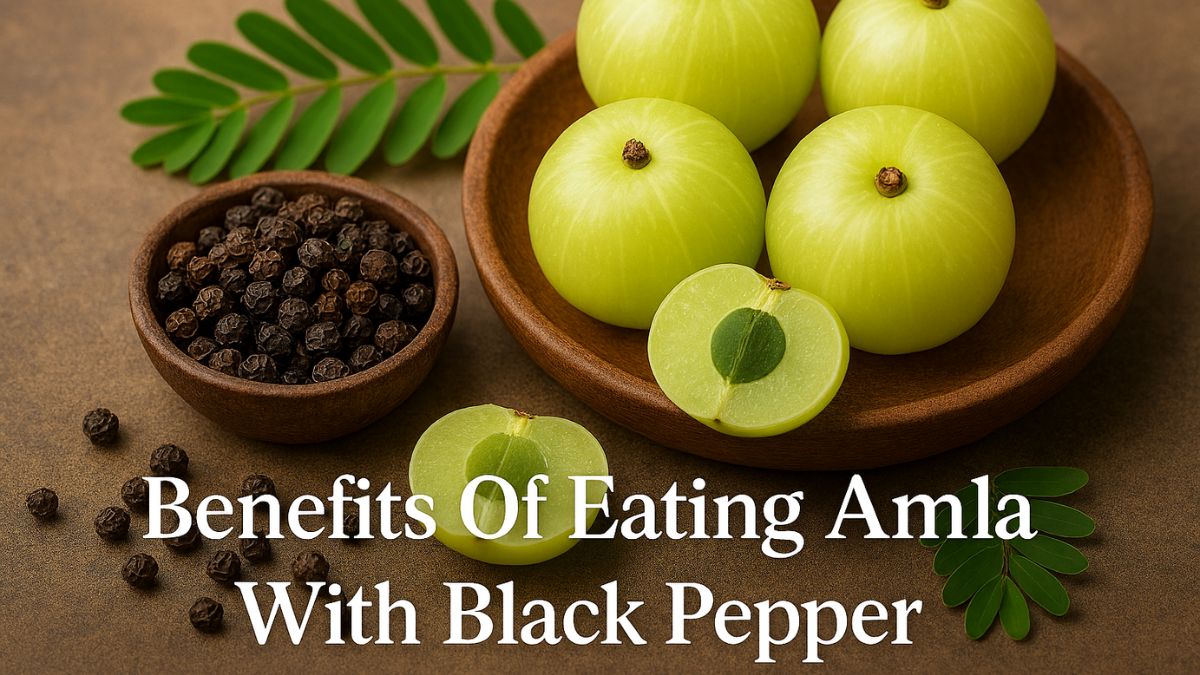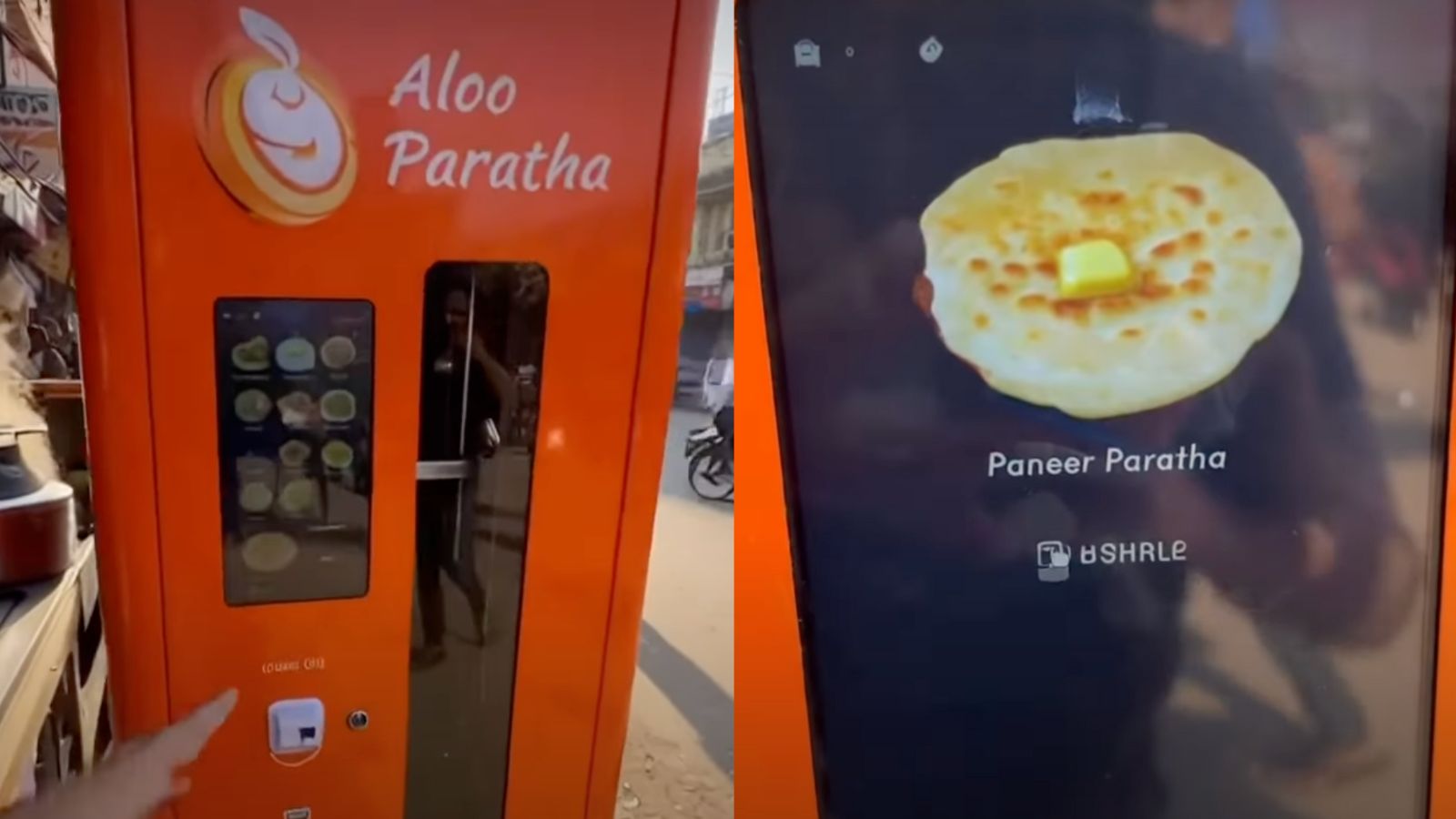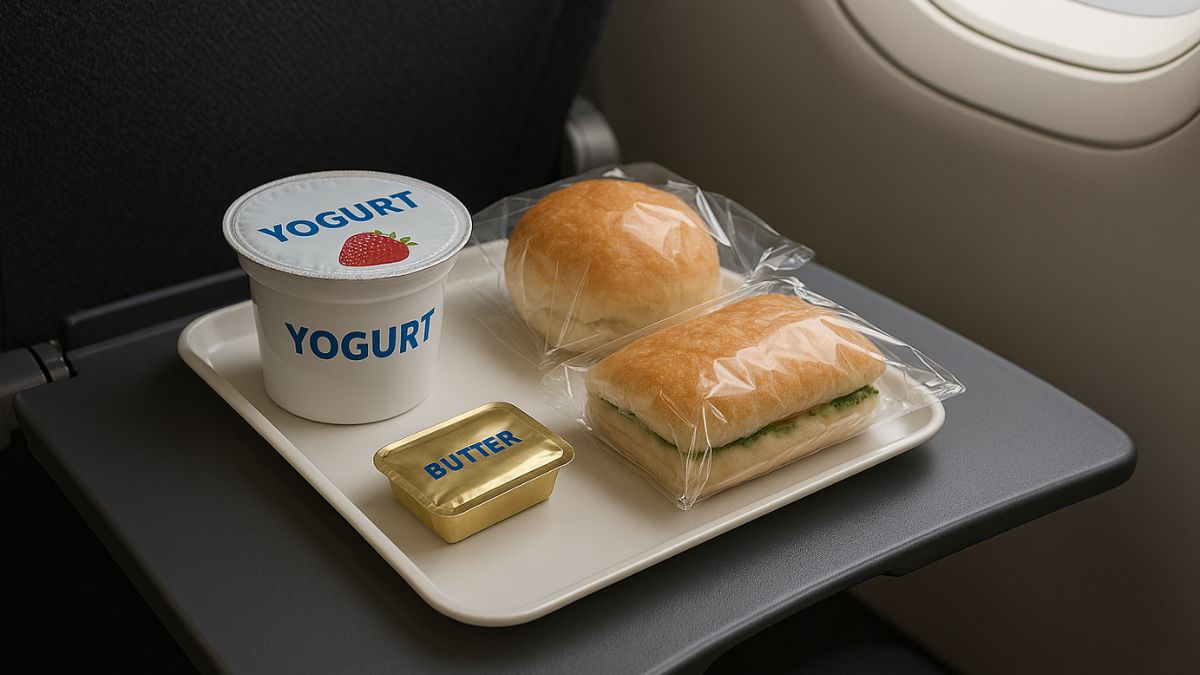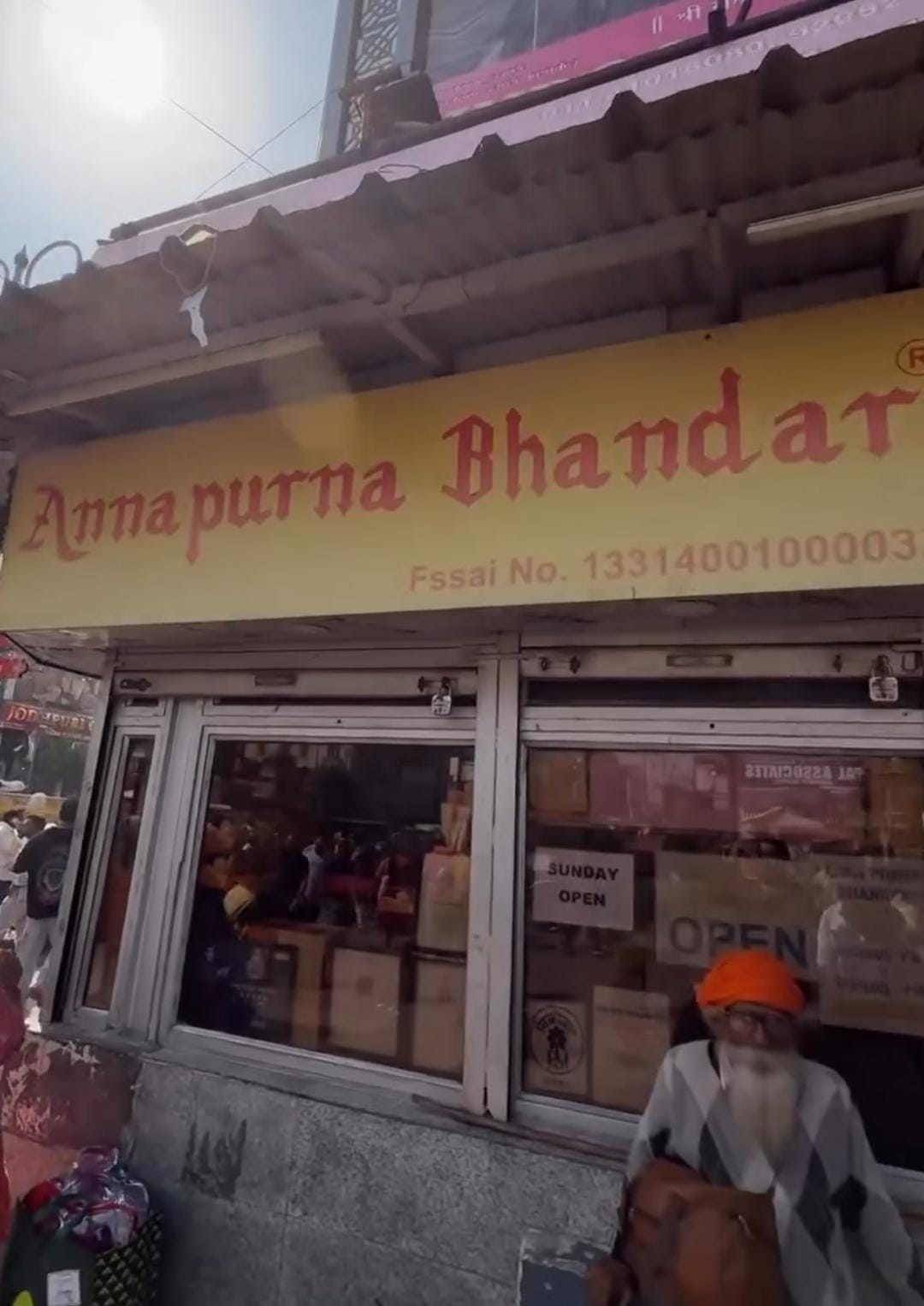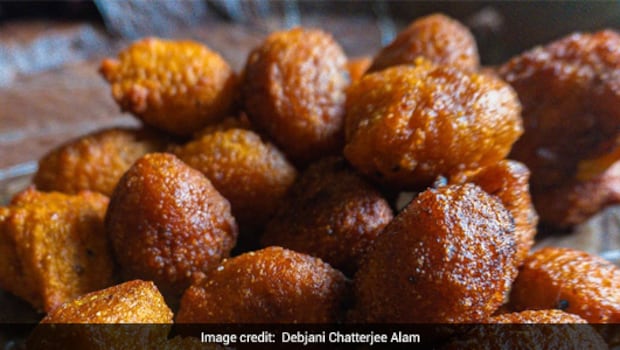Palmyra palm, palm fruit, sugar palm, ice apple, or taal has been a part of the Bengali diet for a considerable period of time. One of the fruits often associated with Lord Krishna, taal or sugar palm fruit is eaten in different forms, and is even the inspiration for one of the most well-known sweets from the state - the jolbhora. During late summer and early monsoon, sellers are seen on the side of the road selling unripe ice apples, also known as taalshansh, literally meaning "the flesh of the palm", which is eaten with a lot of gusto around the city during the hot summer months. It is a lovely, lightly flavoured fruit that's fresh and hydrating.
Also Read: Bandel Cheese: The Artisan Bengali Cheese You Need to Know About (With Bandel Cheese Salad Recipe)
As it grows and matures into a dark brown-purple fruit, the sugar palm fruit ripens and the pods inside turn, from a translucent white to a rich, egg-yolk golden, the heart within also edible, and is then utilized in many forms. They are then opened and the outer shell is stripped off, leaving two or three pods inside, with the rich, creamy flesh around. To extract this, most people take one of the pulpy pods, and then use a large grater to get the pulp out without the fibres. Once the pulp is mostly extracted from the outside of the pods, the pulp is then further refined by going through a mesh strainer. It is then either boiled till its slightly thicker, or left as-is, ready for being added to an array of recipes, like kheer, patishapta, luchi or bora. The hearts are later cracked open and consumed, either mashed or put in a stir-fry. In Bangladesh, its used in making a variety of pithe - Bengali dough-based delicacies that can be either sweet or savoury, and are available in a variety of forms.
The Sugar Plum In Season
Food blogger Debjani Chatterjee Alam claims that the sugar palm fruits are extremely nutritious and season-appropriate. "We often overlook how nutritious the pulp of the palm fruit is. It has protein, carbs, as well as fat, and its rich in minerals like phosphorus and calcium, as well as Vitamin C. Its really rich and is one of the fruits that's quite local and indigenous. However, most people are afraid of the time it takes to extract the pulp, which is why its not very popular. But, during Janmashtami, when the ripe palm fruits are available in the market, it's difficult to resist them."
Since the fruit is seasonal and often a pain to work with, sweet shops are now getting active in making limited-edition menus involving taal in various popular formats. One such example is Adi Sree Hari Mistanna Bhandar, serving taal-er fuluri and taal-er luchi during Janmashtami. "I thought of this idea of serving these two things made with taal because we had a lot of customers saying how difficult it was to dedicate so much time to make these delicacies, and that they didn't have the time. We have some sweet makers in our kitchen who have some family recipes of their own, and we decided to go with a couple of them to see how it worked out. Our customers are really happy they can just purchase these things easily and not have to go through the entire procedure of buying the fruit, extracting the pulp, reducing it, and then make things out of it," said Rohan Guin, the owner.
Sugar palm is used in multiple ways in different kinds of sweets. Some popular names include taal kheer, taal-er bora, taal-er pithe, and taal-er payesh. The reduced, sweetened pulp is sometimes mixed with coconut to make filling for the Bengali crepe - patishapta, or stuffed inside rice flour dough and then wrapped in banana leaves, then steamed or roasted to make pithe. The recipe shared here is the most popular of them all - fritters made with the fruit.
How To Make Taal-er Bora | Bengali Palm Fruit Fritters Recipe:
Ingredients
- 2 cups sugar palm pulp
- 3/4 cup whole wheat flour
- 1/4 cup rice flour
- 1 banana, mashed
- 1 cup sugar
- 4 tablespoon grated coconut
- 2 green cardamoms, powdered
- Oil for deep frying
Procedure
1. Reduce the sugar palm pulp with sugar till the sugar dissolves, stirring briskly to get a smooth consistency, about 5-6 minutes. Remove from heat and keep stirring.
2. Add the two flours, little by little, to make a smooth batter, stirring briskly to incorporate everything. Add the banana and the coconut and the cardamom, to make a smooth, pourable batter.
3. Heat oil in a pan over medium heat. Drop a small drop of the batter in the oil. If the batter immediately floats up and starts to turn golden, the batter is ready.
4. Using spoons, add a teaspoonful of the batter at a time, wait for it to float up before adding the next one. Fry over medium to medium-low heat till the batter turns dark golden.
5. Remove and serve either hot or at room temperature.
Try it at home and let us know how you liked it.
About Poorna BanerjeePoorna Banerjee is a food writer, restaurant critic and social media strategist and runs a blog Presented by P for the last ten years where she writes about the food she eats and cooks, the places she visits, and the things she finds of interest. She is deeply interested in culinary anthropology, and food history and loves books, music, travelling, and a glass of wine, in that order.



